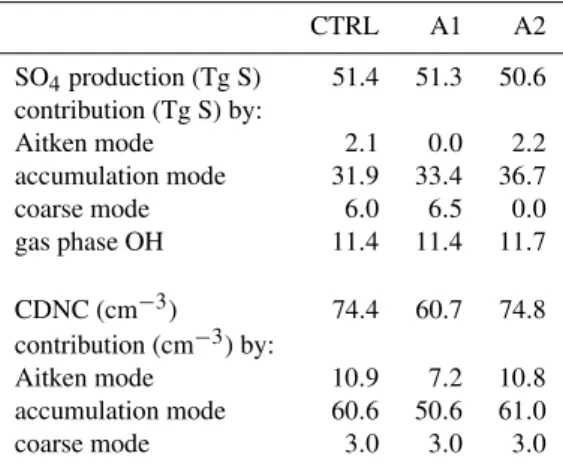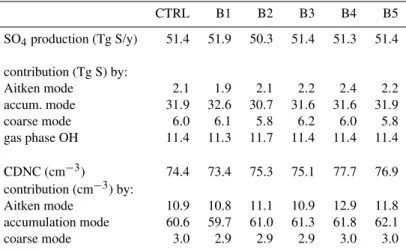Aerosol activation and cloud processing in the global aerosol-climate model ECHAM5-HAM
Texto
Imagem
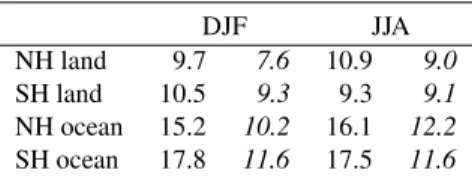
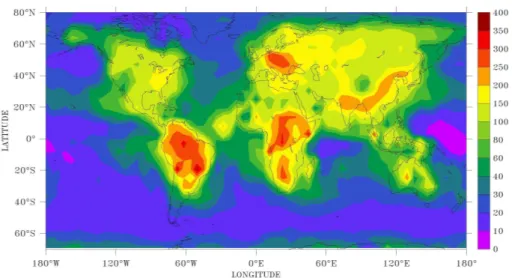
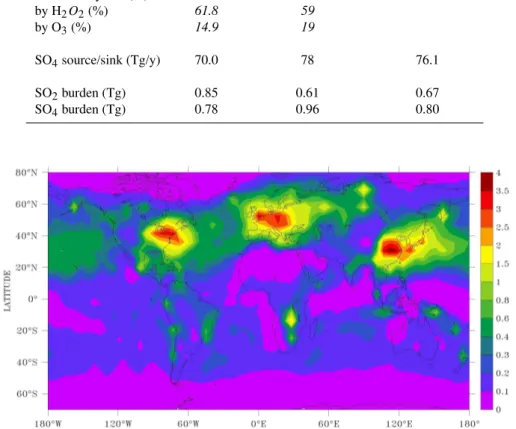
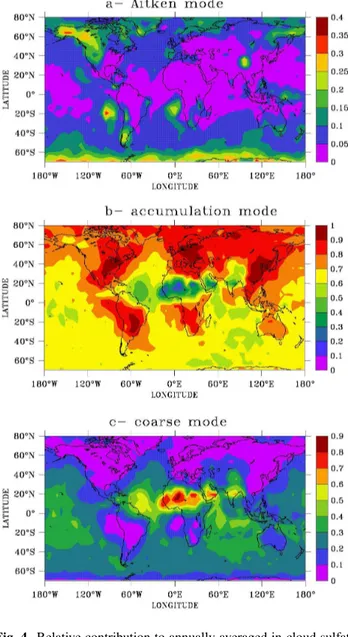
Documentos relacionados
P ¨oschl, U.: Aerosol- and updraft-limited regimes of cloud droplet formation: influence of par- ticle number, size and hygroscopicity on the activation of cloud condensation
Never- theless, some general observations can be made on the global mean importance of different parameters (Fig. 8), the rank order in terms of global mean σ CCN /µ CCN in July is
A nucleation scavenging scheme that diagnoses cloud scavenging ratios for aerosol mass and number distributions based on cloud droplet and ice crystal number concen- trations has
The second aerosol indirect e ff ect – the cloud life-time or Albrecht-e ff ect – in- volves aerosol particles altering the cloud macro-structure (Albrecht, 1989; Pincus and
cloud condensation nuclei: processes and uncertainties evaluated with a global aerosol mi- crophysics model, Atmos. and Seigneur, C.: Investigative modeling of new pathways
Weekly cycles have been analysed in surface observations of sulfur dioxide and sul- fate concentrations, satellite observations of aerosol optical depth, cloud properties (cloud
Box model simulations of an uplifting and adiabatically cooling cloud of aerosol have been performed in order to study the transition between cirrus formation dominated by
We use a global aerosol microphysics model to estimate the effect of particle formation through activation nucleation in the boundary layer (BL) on cloud droplet num- ber
